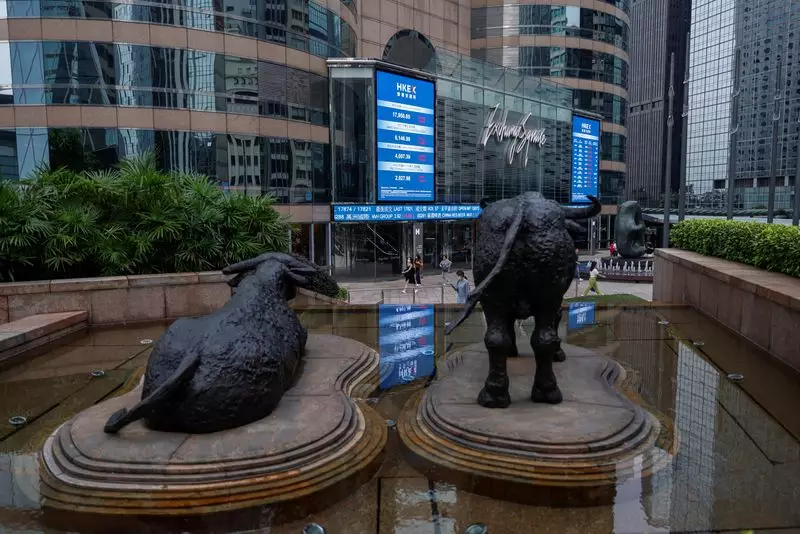The financial landscape in Asia has been tumultuous recently, with China’s economic performance under intensified scrutiny. As investors recalibrate their expectations for a recovery, a ripple effect has spread across various markets, including commodities, equities, and currencies. This article seeks to provide a comprehensive analysis of the current market trends in Asia and their implications for global economic health, particularly focusing on the cautious optimism surrounding the U.S. economy.
In a significant downturn, Chinese equity markets witnessed sharp declines, prompting investors to reassess their outlook on the country’s economic recovery. Following an uninspiring news conference from the National Development and Reform Commission (NDRC), which failed to announce significant fiscal measures or stimulus, market sentiment turned sour. Notably, the Shanghai Composite and the blue-chip CSI300 both saw steep drops of around 3%, echoing a broader trend of retreat in Chinese shares.
The reaction in commodities was equally pronounced; prices for essential materials, including oil and metals, fell sharply. Over the span of a single night, Brent crude futures plummeted by 4.6%, stabilizing later around $77.79 a barrel as traders positioned themselves amidst this volatility. Given that China is a leading consumer of commodities, such downturns have prompted fears about demand sustainability, further influencing the market dynamics in Asia and beyond.
An important monetary event occurred when New Zealand’s central bank decided to cut interest rates by 50 basis points, a move that sent the Kiwi dollar down by 0.6%. This aggressive monetary easing indicates a commitment to stimulating the economy, especially in light of disappointing forecasts. With analysts hinting at potential further reductions on the horizon, the Kiwi faced additional pressure, trading at its lowest levels in seven weeks.
The outlook from the Reserve Bank of New Zealand posits a dovish tone, allowing flexibility for future economic interventions. Market analysts have begun to gauge the bank’s next moves carefully, anticipating further cuts that could deepen the dovish stance. This presents a stark contrast to the recovery narratives circulating in other regions, most notably the U.S.
In contrast to the volatility in Asian markets, U.S. equity futures remained stable, supported by expectations that the American economy might avoid a recession. Positive remarks from Federal Reserve officials about managing interest rates have helped nurture a sense of optimism. Notably, New York Fed President John Williams acknowledged the healthy state of the labor market, underscored by a stronger-than-expected jobs report.
This positivity has shifted trader perceptions regarding potential rate cuts, with a significant chance now placed on a 25 basis point cut rather than a more aggressive 50 basis point reduction. Such clarity in U.S. monetary policy has not only supported the dollar’s strength against other currencies but has also provided a cushion for global investors seeking refuge in stable markets.
The contrasting dynamics between regions, particularly the ongoing struggles in China and relative steadiness in the U.S., provoke discussions on potential sector shifts within the global economy. As equity markets in Hong Kong managed a recovery following Tuesday’s historic losses, it underscores the market’s volatility and the importance of government stimulus in regaining investor confidence.
Among corporations, noteworthy movement was seen in Japan, where convenience store chain Seven & I Holdings sustained gains on the back of a rumored buyout offer, showcasing that localized economic factors and corporate strategies still play significant roles even in the wider context of geopolitical tensions and economic forecasts.
However, the delicate balance of global markets remains susceptible to these evolving narratives, with issues such as inflation fluctuations and ongoing trade tensions looming large as potential disruptors.
The current landscape highlights a pivotal moment for investors and markets alike. With the Chinese economic outlook casting uncertainty on commodity prices and regional equities, while the U.S. economy appears well-positioned to manage interest rates effectively, the global market is navigating through a complex web of reactions and strategies. As these themes evolve, continual scrutiny of both regional events and broader economic policies will be essential for understanding future market trajectories.

